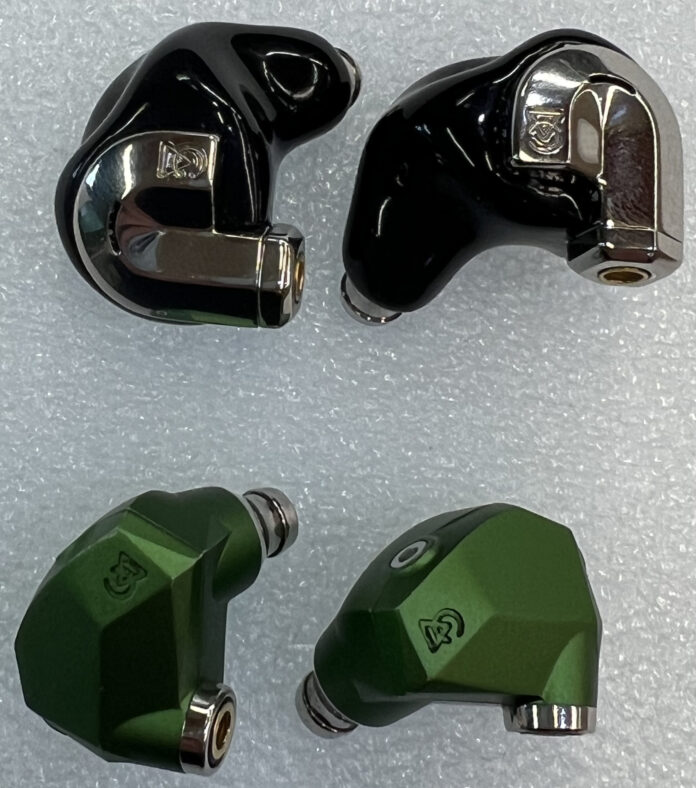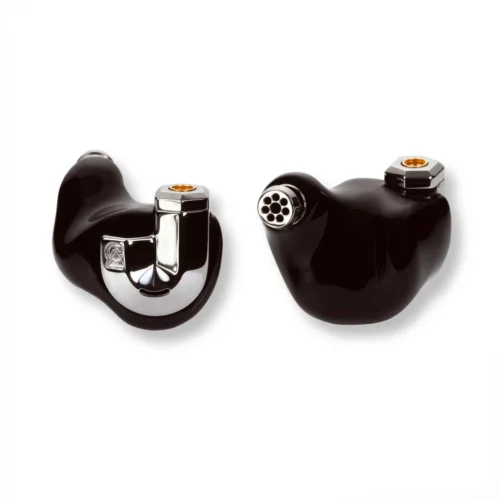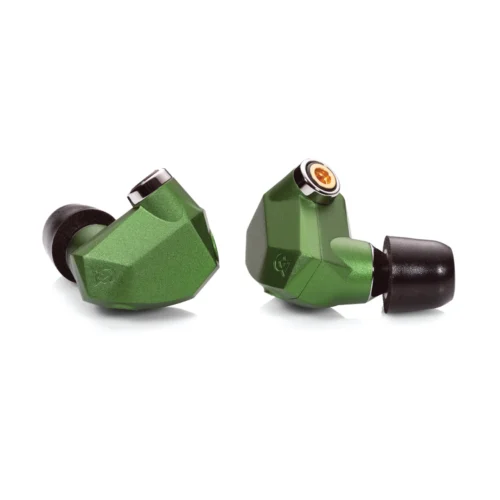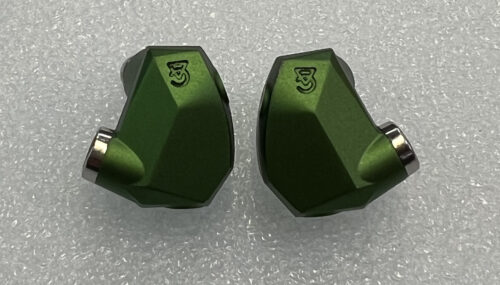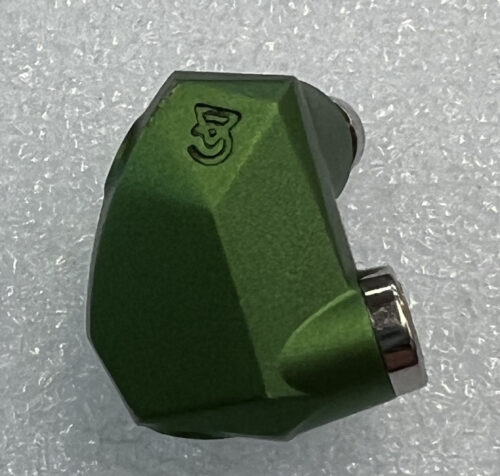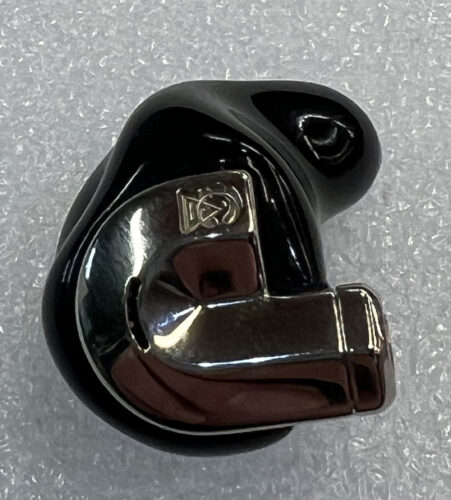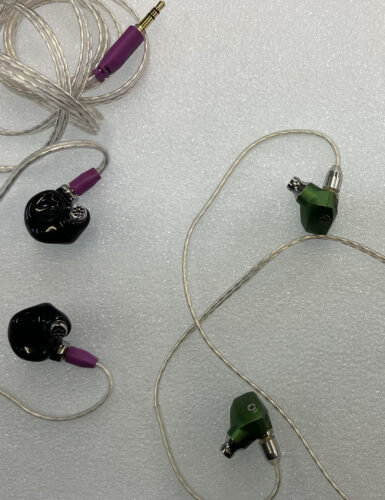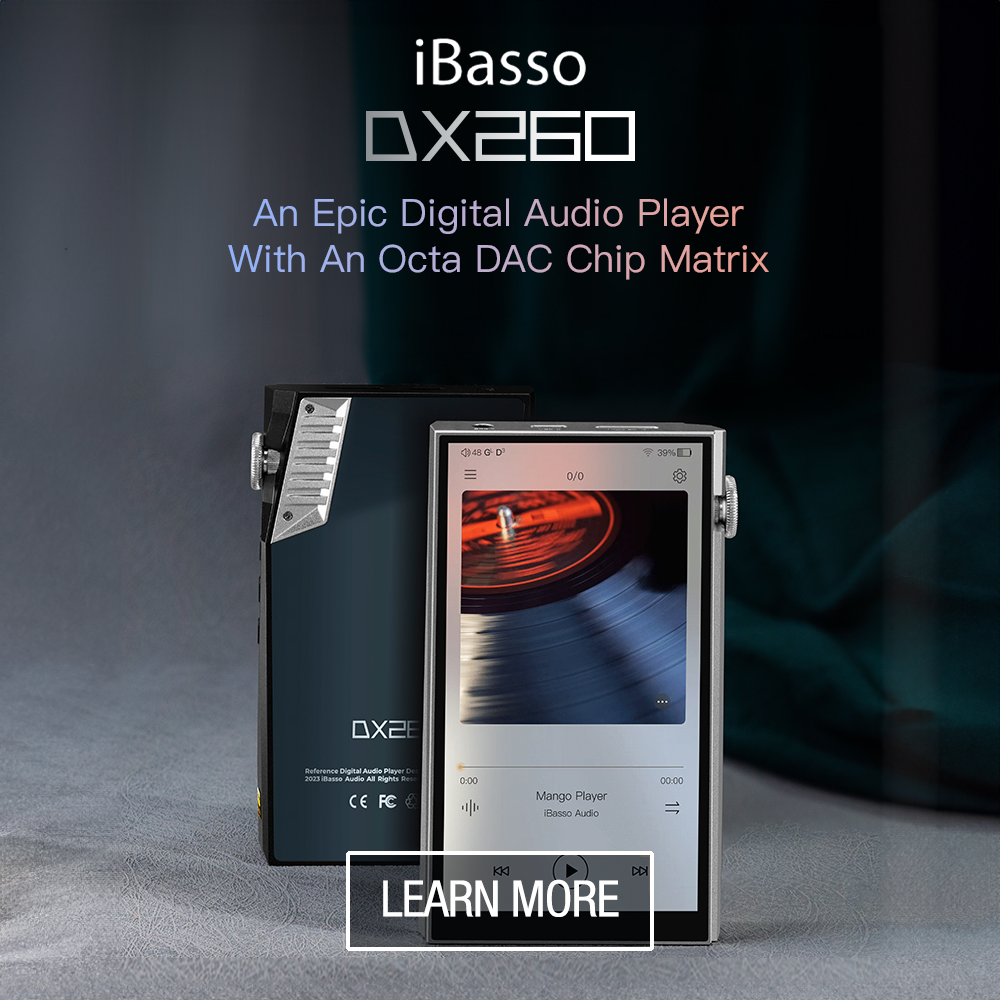There’s an ongoing debate in the music field. Who’s more valuable, the specialist or the generalist. Much like music and many other fields, the hifi world is no stranger to this conversation. Campfire’s similarly priced IEMs, the Andromeda Emerald Sea and Bonneville, made me ask myself the same question. My goal in doing the Andromeda Emerald Sea vs. Bonneville comparison review is to demonstrate the versatility of the Andromeda while highlighting the areas that the Bonneville excels in. It’s clear that although similarly priced, both these earbuds have different designs and strengths. Join me in finding out which pair may be more suitable to your tastes and why both these fantastic IEMs deserve to be tried out.
What’s in the Box
|
|
Looks and Feel
The closest feature in the Andromeda vs. Bonneville comparison review is the feel of both earbuds. Campfire’s ergonomic design has always been one of the companies best selling points. The chassis design does differ in both these IEMs but it doesn’t noticeably impact the feel. The Andromeda has a compact quality which tucks inside the ear as opposed to the highly ergonomic design of the Bonneville. In the ear, both are very comfortable but users should try them out to see what fits their unique ear shape better. The fit of the Bonneville was a little more snug while using the same eartips, but the difference was hardly perceptible to me. Regardless, in the IEM field minor differences can make huge changes to the sound. For that reason I have to give the slight edge to the Bonneville.
In terms of looks, it’s clear that Campfire is pulled into 2 different directions. The industrial look of the Andromeda Emerald Sea sports a precision milled chassis comprised of hard angles. The pseudo-customized ergonomic design of the Bonneville prioritizes fit favoring soft curves. Campfire’s redesign of the Andromeda sought to reorganizing the driver housing, and undoubtedly impacted the looks of the IEM. In contrast, the Bonneville which is part of the “Chromatic Series” has a look reminiscent of ‘Y2K’ era design. Since appearance is subjective, I encourage you to tell us your opinion of which ones look better. For me, the only downside of the Andromeda is the fact that it doesn’t come in a black variation. Regardless, I have to choose the looks of the Andromeda over the Bonneville for the comparison review.
Design
Both the Bonneville and Andromeda Emerald Sea share many design features that are implemented in different ways. The Knowles’ dual diaphragm balanced armatures makes an appearance in the Andromeda. 5 drivers held within the ‘TAEC’ housing is said to produce a rich sound with reasonable sensitivity. The drivers work together to produce a responsive IEM that lacks harmonic distortion. In comparison the 4 drivers in the Bonneville bring out a much warmer sound which accurately recreates low-end information. The dual-magnet dynamic driver in the Bonneville is used a woofer, which pushes the bass to the extreme in this IEM. 3 balanced armature drivers amplify the mids and treble of the Bonneville. They are more sensitive than the Andromeda, meaning that these are best utilized with a DAC that have a volume control. I didn’t experience any hiss while using either with the iFi Go Blu. Both earbuds utilize phase harmony engineering, meaning that listeners will not notice phasing issues between drivers. Although this is the Andromeda vs. Bonneville comparison review, the design differences are so slight that it’s difficult to pick a winner here. Both designs clearly highlight the sonic strong suits of each IEM.
Soundstage
Both the Bonneville and Andromeda have a wide and holographic soundstage. The stereo image in both of them is very honest, without extra noises added to supplement panning. As far as IEMs go, both the Andromeda and Bonneville are impressively expansive. Each creates vertical and horizontal accuracy in the sound rivaling over-ear headphones. It’s clear that Campfire is one of the leaders in the field for creating soundstage accuracy and width. I did notice a little more distance in the Bonneville and had to ask myself why this would be? I realized that their bassier sound signature creates the illusion of depth. Wider low-frequency sin waves are able to travel further in distance without as much volume decay. The extra bass creates an illusion of width at the same volume. This is a painstakingly subtle difference, and my theory is that it’s mainly due to the way that the drivers are voiced. Despite this, I have to give the slight edge to the Bonneville’s soundstage.
Listening Impressions – Andromeda Emerald Sea vs. Bonneville Comparison Review
Lows
The magic of the Bonneville lives in the lows of the sound signature. This is by far the most bass I’ve ever heard in an IEM. In some instances, the clean lows can overtake music if it isn’t specifically mixed with bass in mind. Listening to “oHio” by Schoolboy Q and Freddie Gibbs highlighted the warm bass line while leaving enough separation for the vocals in the mix. Recordings in the electronic, hip-hop, jazz, and pop genres excel on these earbuds, as well as live recordings which at times may be missing low end. Rock and metal music doesn’t sound muddy on them, but the volume of the bass takes up too much room for these genres mid focus in my opinion.
In contrast, the Andromeda Emerald Sea has a much flatter bass response. This makes them feel more versatile to my ears. Bass heavy songs still boom at high volumes, while songs with quieter lows leave more room in the mix. Unlike the bass-boosted Bonneville, the Andromeda accurately recreates bass with dynamic musicality. They aren’t as in-your-face as the Bonneville, which made listening to every genre easy. Although I thoroughly enjoyed the voicing of the Andromeda, the clear low end in the Bonneville is objectively more impressive. For this reason, I must recommend the Bonneville for people who enjoy bass heavy music.
Mids
Like the lows of the Bonneville, mids in the Andromeda are the focus of the sound signature. A slight low mid shelf begins to rise back up around 800Hz, allowing listeners to hear the nuances in guitars, voices, and midrange synths. People who are skeptical of reductive eq’ing have to understand that a lot of mud and phase issues tend to live between 300Hz-800Hz in the mix. Reducing this range allows listeners to hear more harmonics without the grime characteristically associated with the low mids. Saturated sounds are shimmery while clean guitars sound harmonic and clear. Joe Pass’ rendition of “Stella by Starlight” on “Virtuoso” sounds massive but detailed. Nuances like string noise and finger dynamics are able to come through beautifully.
Almost as if Campfire expected the Andromeda vs. Bonneville comparison review, they seemed to have flipped the mid frequency response to highlight low mids. Mid focused sounds and harmonically complex instruments like synths, kick, and snare drums have a fatness that’s pretty unique to IEMs. They are slightly muddier than the Andromeda, but their characteristic warmness fills a mix. To my ears, I thought that there could have been more high mids, but I understand how difficult it is to make an IEM this bass focused sound shimmery without being cluttered. With that in mind, my tastes make me gravitate towards the Andromeda when looking at mids.
Treble
The highs in the Bonneville give a lot for listeners to be excited about. It’s seems to me that the tuing of the highs is directly juxtaposed to the ubiquitousness of the bass in the signature. Music can be very present and glassy with them, giving listeners enough competing harmonic information to stand next to this bass focused IEM. I did notice some slight sibilance at dangerously high volumes, but listeners who use their equipment at reasonable DBs will not notice this. Cymbals and feedback on songs like “In the Walls” by Knocked Loose pulled me into the music as if I was standing in a tiny basement filled with sweaty adolescents. Like a chef balancing strong flavors in a dish, Campfire has balanced the thundering lows with glassy highs in the Bonneville.
In contrast, the Andromeda takes a more understated approach to its treble tuning. They aren’t as present as the Bonneville but provide enough character to the mix in order to hear sounds with clarity. Cymbals, feedback, and general sibilance aren’t fatiguing at all, allowing listeners to enjoy multiple genres. I have to admit that my ears are sensitive to highs, and users looking for bright headphones won’t find that with the Andromeda. Instead, listeners should expect careful tuning that brings an excellent amount of treble information without overdoing it. With this in mind, I have to go with the treble of the Andromeda. Those who like brighter sounds should look at the Bonneville instead.
Summary
Campfire has expertly designed both IEMs to give audiophiles varied choices when looking at their earbuds. It’s clear that the focus of the Bonneville aims to enhance low end while minimizing distortion and muddiness. In comparison, the Andromeda’s relatively flat tuning made it easy to listen to anyone from Carly Simon to Gorgoroth. As a listener with a wide range of tastes, I would choose the Andromeda Emerald Sea. People who exclusively listen to pop, jazz, electronic, or live recordings will undoubtedly appreciate the specialized tuning which in my opinion enhances these genres. Nevertheless, the generalists ease of listening made it a pleasure testing the Andromeda.
You can buy the Campfire Audio Andromeda at Audio 46.
You can also buy the Campfire Audio Bonneville at Audio 46.
Compare the ranking of various headphones, earbuds and in-ear monitors using our tools.
Discuss this, and much more, over on our forum.
---MAJORHIFI may receive commissions from retail offers.


